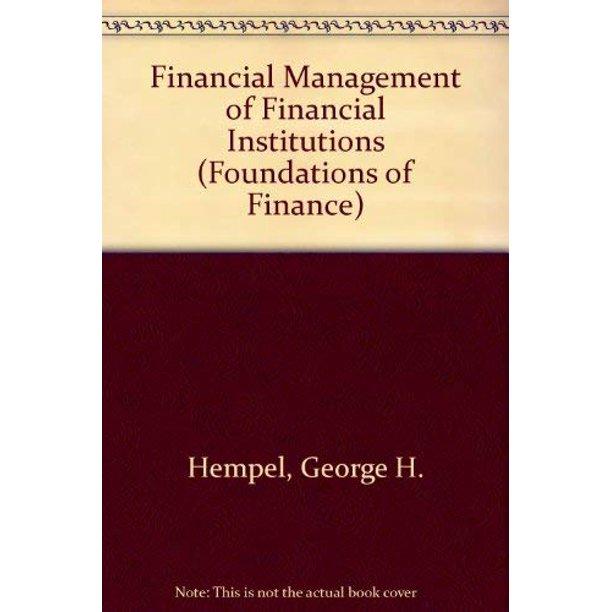

IntegrativeLeverage and risk Firm R has sales of 100,000 units at $2.00 per unit, variable operating costs of $1.70 per unit, and fixed operating costs of $6,000. Interest is $10,000 per year. Firm W has sales of 100,000 units at $2.50 per unit, variable operating costs of $1.00 per unit, and fixed operating costs of $62,500. Interest is $17,500 per year. Assume that both firms are in the 40% tax bracket. a. Compute the degree of operating, financial, and total leverage for firm R. b. Compute the degree of operating, financial, and total leverage for firm W. c. Compare the relative risks of the two firms. d. Discuss the principles of leverage that your answers illustrate. a. The degree of operating leverage for firm R is (Round to two decimal places.) Debt and financial risk Tower Interiors has made the forecast of sales shown in the following table. Sales $200,000 300,000 400,000 Probability 0.20 0.60 0.20 The firm has fixed operating costs of $75,000 and variable operating costs equal to 70% of the sales level. The company pays $12,000 in interest per period. The tax rate is 40%. a. Compute the earnings before interest and taxes (EBIT) for each level of sales. b. Compute the earnings per share (EPS) for each level of sales, the expected EPS, the standard deviation of the EPS, and the coefficient of variation of EPS, assuming that there are 10,000 shares of common stock outstanding. c. Tower has the opportunity to reduce its leverage to zero and pay no interest. This will require that the number of shares outstanding be increased to 15,000. Repeat part (b) under this assumption. d. Compare your findings in parts (b) and (c), and comment on the effect of the reduction of debt to zero on the firm's financial risk. a. Compute the earnings before interest and taxes (EBIT) for each level of sales. Calculate the EBIT below: (Round to the nearest dollar.) Probability 0.20 Sales $ Less: Variable costs (70%) $ Less: Fixed costs TA EBIT FA IntegrativeLeverage and risk Firm R has sales of 100,000 units at $2.00 per unit, variable operating costs of $1.70 per unit, and fixed operating costs of $6,000. Interest is $10,000 per year. Firm W has sales of 100,000 units at $2.50 per unit, variable operating costs of $1.00 per unit, and fixed operating costs of $62,500. Interest is $17,500 per year. Assume that both firms are in the 40% tax bracket. a. Compute the degree of operating, financial, and total leverage for firm R. b. Compute the degree of operating, financial, and total leverage for firm W. c. Compare the relative risks of the two firms. d. Discuss the principles of leverage that your answers illustrate. a. The degree of operating leverage for firm R is (Round to two decimal places.) Debt and financial risk Tower Interiors has made the forecast of sales shown in the following table. Sales $200,000 300,000 400,000 Probability 0.20 0.60 0.20 The firm has fixed operating costs of $75,000 and variable operating costs equal to 70% of the sales level. The company pays $12,000 in interest per period. The tax rate is 40%. a. Compute the earnings before interest and taxes (EBIT) for each level of sales. b. Compute the earnings per share (EPS) for each level of sales, the expected EPS, the standard deviation of the EPS, and the coefficient of variation of EPS, assuming that there are 10,000 shares of common stock outstanding. c. Tower has the opportunity to reduce its leverage to zero and pay no interest. This will require that the number of shares outstanding be increased to 15,000. Repeat part (b) under this assumption. d. Compare your findings in parts (b) and (c), and comment on the effect of the reduction of debt to zero on the firm's financial risk. a. Compute the earnings before interest and taxes (EBIT) for each level of sales. Calculate the EBIT below: (Round to the nearest dollar.) Probability 0.20 Sales $ Less: Variable costs (70%) $ Less: Fixed costs TA EBIT FA








